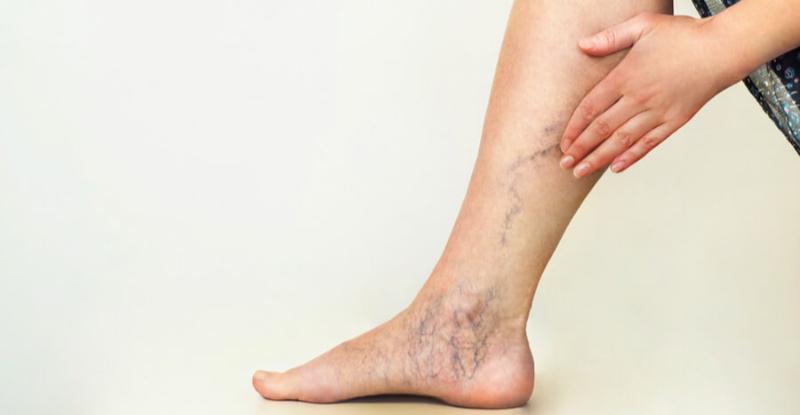Peripheral vascular disorders are serious and potentially life-threatening disorders where the blood vessels outside of your heart and your brain grow narrow or spasm. This disease can affect your arteries or your veins. One of the symptoms is extreme fatigue and pain. Most people note that they experience this fatigue and pain in their legs, especially when they are exercising. They also commented that the pain subsides as they are resting.
It is not uncommon for this infirmity to affect the blood supply and the oxygen supply to your kidneys, your intestines, and your arms. This can happen in part by a hardening of the arteries, or it could be caused by a blood vessel spasm. A hardening of blood vessels is usually due to a buildup of plaque in the vessels.
Peripheral vascular disorders come in two main types. There is functional and organic. Functional means that your blood vessels do not experience any physical damage. Their structure is sound. However, they are dilating and contracting in response to changes in outdoor temperatures, signals from your brain, or other stimulus. When they narrow, the blood flow in your body decreases.
Organic peripheral vascular disorders is where there is a change to the structure of your blood vessels. For example, there could be plaque buildup, tissue damage, or inflammation.
Peripheral vascular disorders can affect anyone. However, if you are over 50, overweight, have diabetes, and have a history of cerebrovascular disease or a stroke, you are at a higher risk of developing peripheral vascular disorders. The same is true for individuals who have high cholesterol or who have a family history of high cholesterol as well as those who have kidney disease, heart disease, or diabetes.
There are many lifestyle factors that can increase your risk of getting peripheral vascular disease. These include a sedentary lifestyle, using drugs, smoking, or having poor eating habits.
One of the first symptoms you may experience as a result of peripheral vascular disease is discomfort or fatigue in your legs and feet. As you become more active and more blood flows to the area, the symptoms may get worse. You may notice things like reduced hair growth and pain even when you’re lying in the bed.
You may notice that your legs and arms become reddish or blue, or they might even turn pale. A weak pulse or ulcers and wounds that won’t heal as well as muscles that feel heavy or numb all could be an indication of peripheral vascular disease.
It is important that you talk to our doctor at Cardiac Associates of North Jersey if you are experiencing the symptoms of peripheral vascular disease. Many people mistakenly brush the symptoms aside believing that they are just a natural part of the aging process. Visit us in Oakland, NJ to learn more, or contact us today to schedule your consultation!


